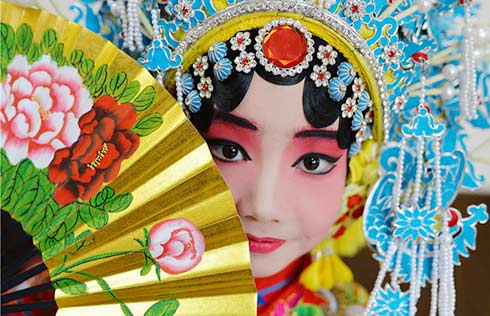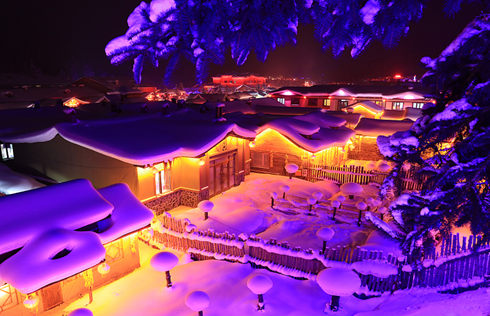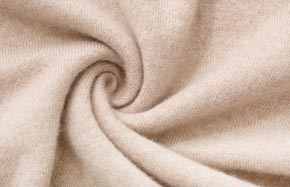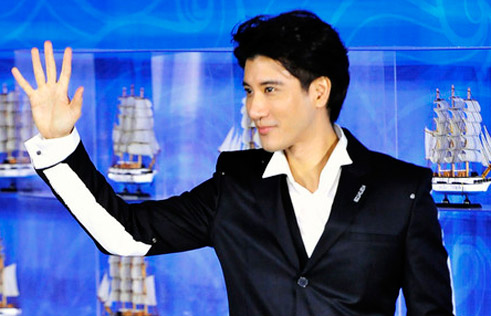Eight grand stories and many more tales
By Zhou Wenting in Shanghai ( China Daily ) Updated: 2016-07-02 09:34:49
 |
|
Wu Rujin has lived in the building since she was born in 1952.[Photo by Gao Erqiang/ China Daily] |
Chen and her colleagues selected a dozen residents, including senior managerial staff of foreign businesses, university professors, doctors, nurses and foreign residents to reflect some of the building's many cultural faces in different periods.
Adam Sinykin from the United States says that when he first laid eyes on the building he was taken by its strong resemblance to the the triangular Flatiron Building in Fifth Avenue, New York.
"We feel lucky to live in such a building," says Sinykin, who moved into the building with his wife and daughter in 2007.
"Foreigners, especially those with children, have a romantic idea of living in an old building."
Xu Baoying, 81, moved into the building in 1959.
"From my room I had a view of the house of Soong Ching-ling (wife of Sun Yat-sen, the leader of China's 1911 revolution, which marked the end of the feudal era) across the street," says Xu, who used to be a head nurse at a well-known hospital.
"During the food shortages of the 1960s we saw Soong's chubby nanny strolling in the garden feeding a couple of chickens."
Lin Jianghong, who was born in the building in 1954, says that in its heyday the building was undoubtedly peerless in its class.
"There's a layer of felt on the steel window frames to avoid making noise when you shut the windows," says Lin, who used to work for the Shanghai Municipal Housing Security and Building Administration Bureau.
"There's central heating in all the rooms and even the corridors, and if a kitchen is large enough there is an in-built ironing board. These things tell a story of how exquisite Shanghai was as well."
|
|
|
|
|
|
|
|

























 Raymond Zhou:
Raymond Zhou: Pauline D Loh:
Pauline D Loh: Hot Pot
Hot Pot Eco China
Eco China China Dream
China Dream China Face
China Face






